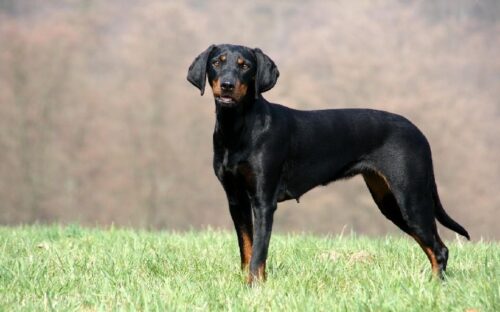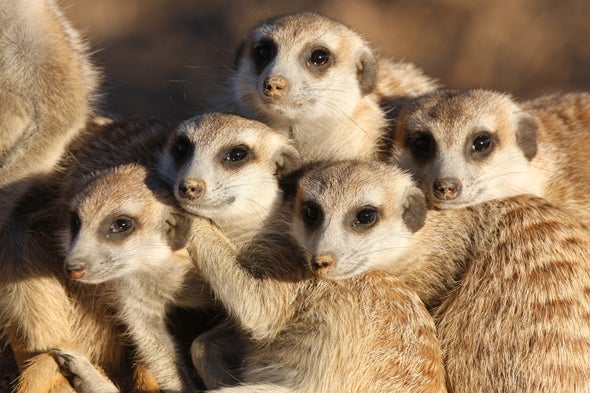Appenzeller Sennenhund Dog
INTRODUCTION
Appenzeller Sennenhund Dogs are Agile, Versatile, and Lively dogs they are from the Foundation Stock Service group. These breeds are very well built for a hard day’s work which makes them excellent dogs for farmers and also are intelligent for watchdog duty. Appenzeller Sennenhund Dogs are Purebred and non-allergic.
- AVG. READING TIME: 5 MINUTES
- UPDATE: 23/03/2020
HABITAT : Urban areas, including buildings, parks, and gardens, Open habitats, including grassland, moor, heath, savanna, fields, scrub
TEMPERAMENT : Self-assured, Reliable, Fearless, Energetic, Lively
HYPOALLERGENIC : No
BREED GROUP / TYPE : Group: Foundation Stock Service Program. Type: Purebred
SOCIAL UNIT : Family
LOCATIONS : Switzerland
STATUS / POPULATION : DATA DEFICIENT (IUCN) Not a threat category, Population, and distribution data is insufficient for assessment
MAMMALS: DOGS AND RELATIVES – CANIDAE
KEY FACTS
SCIENTIFIC CLASSIFICATION
Kingdom – Animalia
Phylum – Chordate
Class – Mammals
Order – Carnivora
Family – Canidae
Genus – Canis
Genus Species – Canis lupus
INTERESTING FACTS
1- Today the Appenzeller’s known for being a versatile working and family dog
2- The international breeding of pure Appenzellers began in Switzerland in 1898
-
CALLING NAMES / SCIENTIFIC NAME
Calling names: Appenzeller Sennenhund, Appenzeller Cattle Dog, Appenzeller Mountain Dog, Bouvier Appenzellois
Scientific name: Canis lupus -
COLOUR VARIATIONS
Black or brown, and patches of white
-
COAT TYPE
Double coat
-
LIFE SPAN
12 - 14 years
-
APPROXIMATE SIZE : LENGTH / HEIGHT
Height: Female: 50 - 54cm
Male: 52 - 56cm -
TAIL
Tail are curled over the back
-
WEIGHT
Female: 22 - 32 kg
Male: 22 - 32 kg -
BREEDING SEASON
Throughout the year
-
REPRODUCTION / GESTATION PERIOD
Reproduction: One or two times a year
Gestation period: 63 days -
LITTER SIZE
The average number of babies an Appenzeller Dog has is 6
-
LOOK A LIKE
Bernese mountain dog
-
FARM ANIMAL
Yes
-
FOUNDED IN / DISCOVERED
1906
-
ORIGIN
Switzerland
-
DISTRIBUTION
Almost around the world
-
OCCURRENCE
Families :
Species : -
FUEL FOR LIFE / TROPHIC LEVEL
Omnivores
-
TO HUMANS
Friendly with humans
-
AS A PET
Recommended
-
KIDS FAVOURITE
Yes



